Projector technology has continually evolved over the years, leading to exceptional advancements in brightness, resolution, and overall picture quality. Yet, the significance of the projector screen material, the canvas that displays the images we see is often overlooked. A projector screen’s material has a significant impact on the viewing experience. It dictates not just the image quality, but also its brightness, color fidelity, viewing angle, and even how well it performs under ambient lighting conditions. This article aims to delve into the world of projector screen materials, highlighting their importance and examining the various types available.
Different Types of Screen Materials
Different types of projector screens serve different purposes, all with unique properties and characteristics. Some of the most commonly used screen materials include:
- Matte White
- Grey
- Glass Beaded
- Pearlescent
- Silver Screens
Each of these materials provides a unique viewing experience, and the selection largely depends on various factors, including the room’s lighting conditions, the projector’s type, and the intended viewing purpose.
Material Properties
Projector screen materials vary significantly in their properties, each bringing a unique set of advantages and potential drawbacks. Here’s a closer look at each:
Matte White: Known for its versatility, matte white screens offer a wide viewing angle and excellent color accuracy due to their color neutrality. They have a gain close to 1.0, which means they reflect light evenly in all directions. However, they perform best in controlled lighting conditions as they don’t reject ambient light effectively.
Grey: Grey screens, also known as high-contrast screens, effectively enhance the perceived contrast and black levels, especially in areas with ambient light. The drawback? A narrower viewing angle and a slight compromise on color accuracy.
Glass Beaded: Glass beaded screens offer high gain (often over 2.0) which means they reflect more light towards the audience, resulting in brighter images. However, this comes at the expense of viewing angle and hot-spotting can be a concern, where the center of the screen can appear much brighter.
Pearlescent: Pearlescent screens enhance the image’s brightness and contrast, offering a gain higher than 1.0. The result is a vibrant and lively image. Drawbacks include potential hot-spotting and a narrower viewing angle.
Silver Screens: Silver screens are characterized by high contrast and color saturation, often employed in 3D cinemas. Their high gain (2.0 to 3.0) enhances image brightness, but the viewing angle is significantly narrowed.
Projector Types and Screen Material
Different projectors—DLP (Digital Light Processing), LCD (Liquid Crystal Display), and LCoS (Liquid Crystal on Silicon)—interact differently with screen materials. DLP projectors, for instance, are known for their high contrast and can pair well with grey screens to accentuate this property. LCD projectors often have higher brightness levels, pairing well with high-gain screens like glass beaded or pearlescent. LCoS projectors, renowned for their excellent color accuracy, would typically work best with neutral-colored screens such as matte white to maintain the actual colors.
Material Selection
Selecting the ideal screen material involves evaluating various factors such as room conditions, projector type, viewer position, ambient light, and the intended viewing purpose. Dark rooms with controlled lighting are best for matte white screens, while grey screens are ideal for rooms with ambient light. High-gain screens work best for large venues where image brightness is crucial. Viewers’ position also matters: screens with high gain and limited viewing angles need a more centered audience.
Technological Advances in Projector Screen Material
Advancements in projector screen materials have kept pace with evolving projector technology. Notably, ambient light-rejecting (ALR) screens have been revolutionary, enabling projectors to be used effectively in bright environments. ALR screens selectively reflect the projector’s light toward viewers while scattering ambient light away. Additionally, acoustically transparent screens are becoming popular in home theaters, allowing the placement of speakers behind the screen for a more immersive audiovisual experience.
Impact of Screen Material on Image Quality
Screen material significantly affects image quality. High-gain screens can increase image brightness but may limit viewing angles and risk hot-spotting. Grey screens enhance contrast but may slightly alter color reproduction. Matte white screens offer excellent color accuracy but need controlled lighting for optimal performance. The choice of screen material can either enhance or diminish the picture quality depending on the specific conditions and requirements.
Here are some practical tips to guide your selection process depending on your specific use case:
Home Theater
For home theaters, the screen choice often boils down to a balance between image quality, ambient lighting, and the viewer’s position. If the theater room has controlled lighting and viewers are positioned centrally, a matte white screen can offer excellent color accuracy and wide viewing angles. However, if there’s some ambient light, a grey screen or an Ambient Light Rejecting (ALR) screen can enhance contrast levels. For a more immersive audiovisual experience, consider an acoustically transparent screen, which allows you to place speakers behind the screen.
Professional Cinema
In a professional cinema setting, screen size and brightness become critical factors due to the larger audience size and viewing distance. High-gain screens like silver screens or pearlescent screens are often employed to ensure the image remains bright even at larger sizes. Silver screens are also particularly popular for 3D presentations because they retain the polarization of 3D content better.
Business Presentations
For business presentations, clarity and brightness are crucial, especially in well-lit conference rooms. A high-gain screen, such as a glass beaded screen, can help enhance image brightness. However, keep in mind the limited viewing angle, so the seating arrangement should be more centralized. If you need to set up in various locations, consider a portable, robust screen material that can withstand frequent handling.
Outdoor Screenings
Outdoor screenings present unique challenges, such as ambient light and weather conditions. Here, a high-contrast material can help maintain image quality in the presence of ambient light. Additionally, durability becomes a crucial factor, so look for materials designed to withstand outdoor conditions. Portable, easy-to-set-up screens are often the preferred choice for such events.
Remember, the choice of screen material is just one piece of the puzzle. The projector’s specifications, such as its brightness (measured in lumens), resolution, and contrast ratio, also play a significant role in determining the overall image quality. It’s essential to consider all these aspects holistically when setting up your projection system.
DIY Projector Screens
Creating a DIY projector screen can be a cost-effective solution for those seeking a customized viewing experience. Paint-on screens, for instance, allow you to transform any smooth surface into a projector screen using special reflective paint. While this approach can save costs and provide flexibility, the end result’s performance and longevity might not match up to professionally manufactured screens.
Maintenance and Care
Maintaining projector screens is critical to preserve their longevity. While cleaning methods depend on the material type, generally, a soft cloth and a gentle cleaning solution work well. Screens should be kept free from dust, grime, and moisture to prevent image degradation over time.
References
The information provided in this article was sourced from reputable projector manufacturers and industry experts. More in-depth information can be found on manufacturer websites, AV technology forums, and publications such as Projector Central, Audioholics, and Sound & Vision.
Remember, the ultimate choice for screen material depends on your unique needs and circumstances. Happy viewing!
FAQ
Q. How does ambient light affect the choice of projector screen material?
A: Ambient light can wash out the image on the screen, reducing contrast and color saturation. Grey screens or ambient light-rejecting screens are designed to combat this issue, providing better image quality in environments with ambient light.
Q. What is the best projector screen material for a home theater?
A: There’s no one-size-fits-all answer to this question as the choice depends on several factors, including the level of ambient light, the projector type, the viewer position, and the desired image characteristics. That said, matte white and grey screens are popular choices for home theaters.
Q. What does ‘gain’ mean in relation to projector screen material?
A: Screen gain is a measurement of the reflectivity of a projector screen. A gain of 1.0 indicates that a screen reflects the same amount of light as a typical white (magnesium oxide) board. Screens with a gain higher than 1.0 reflect more light toward the audience, resulting in a brighter image. However, this usually reduces the viewing angle.
Q. Can I use a wall or a sheet as a projector screen?
A: Yes, you can, but the image quality will not be as good as when using a dedicated projector screen. Walls and sheets do not have the same reflective properties as screen materials, so the image may appear dull or blurry. If you’re considering a DIY option, paint-on projector screens are a better alternative.
Q. Can projector screen material affect the lifespan of my projector?
A: While the screen material doesn’t directly affect the projector’s lifespan, using a high-gain screen that reflects more light back can potentially cause light leakage into the projector lens, which might affect its longevity. It’s always recommended to follow the manufacturer’s guidelines for setup and usage to ensure the projector’s lifespan.
Q. How frequently should wash the projector screen?
A: This largely depends on the environment and usage. Generally, a light dusting every few months should be sufficient to keep the screen clean. If the screen is subject to heavy use or placed in a dusty environment, more frequent cleaning may be required.

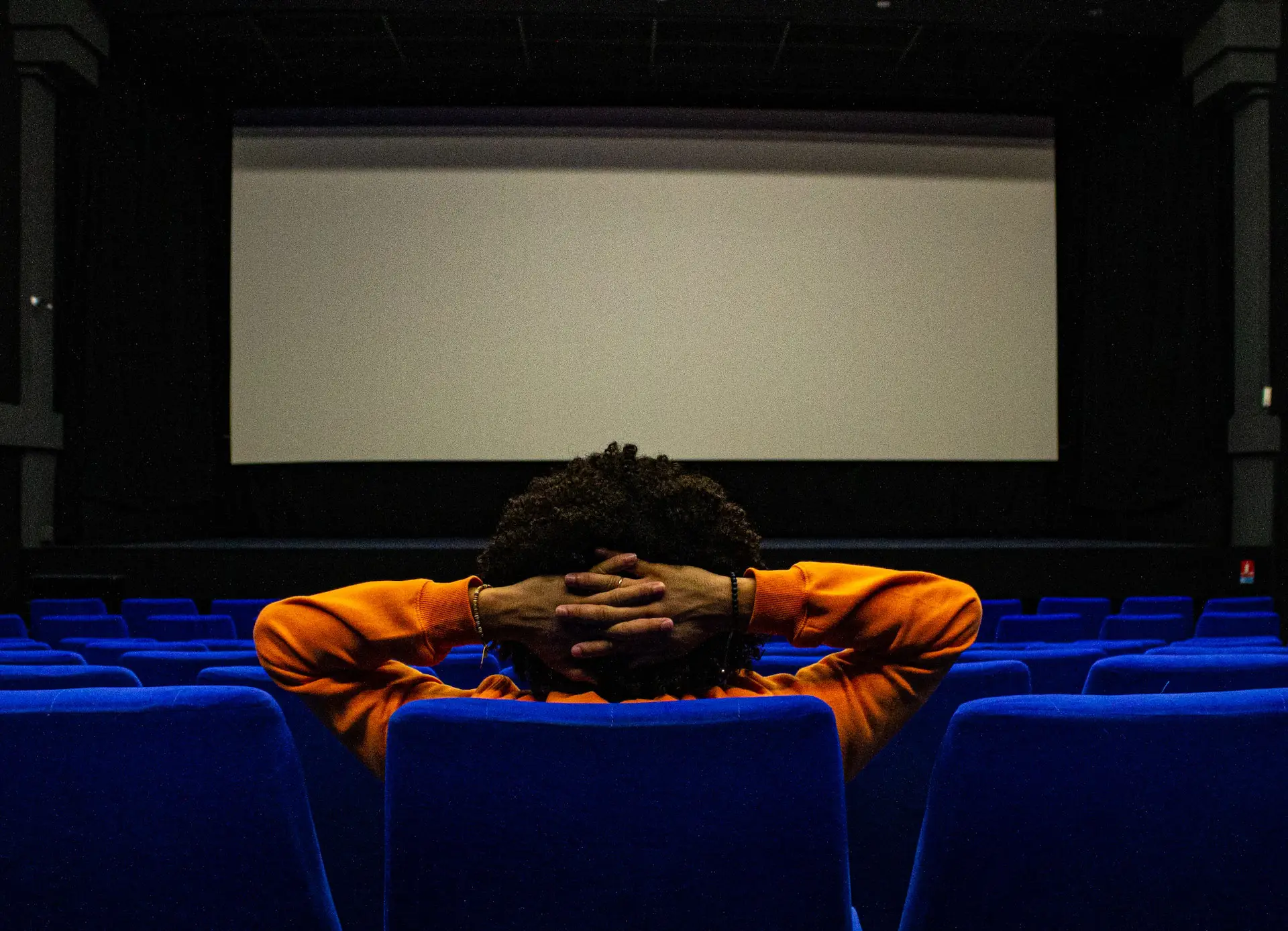
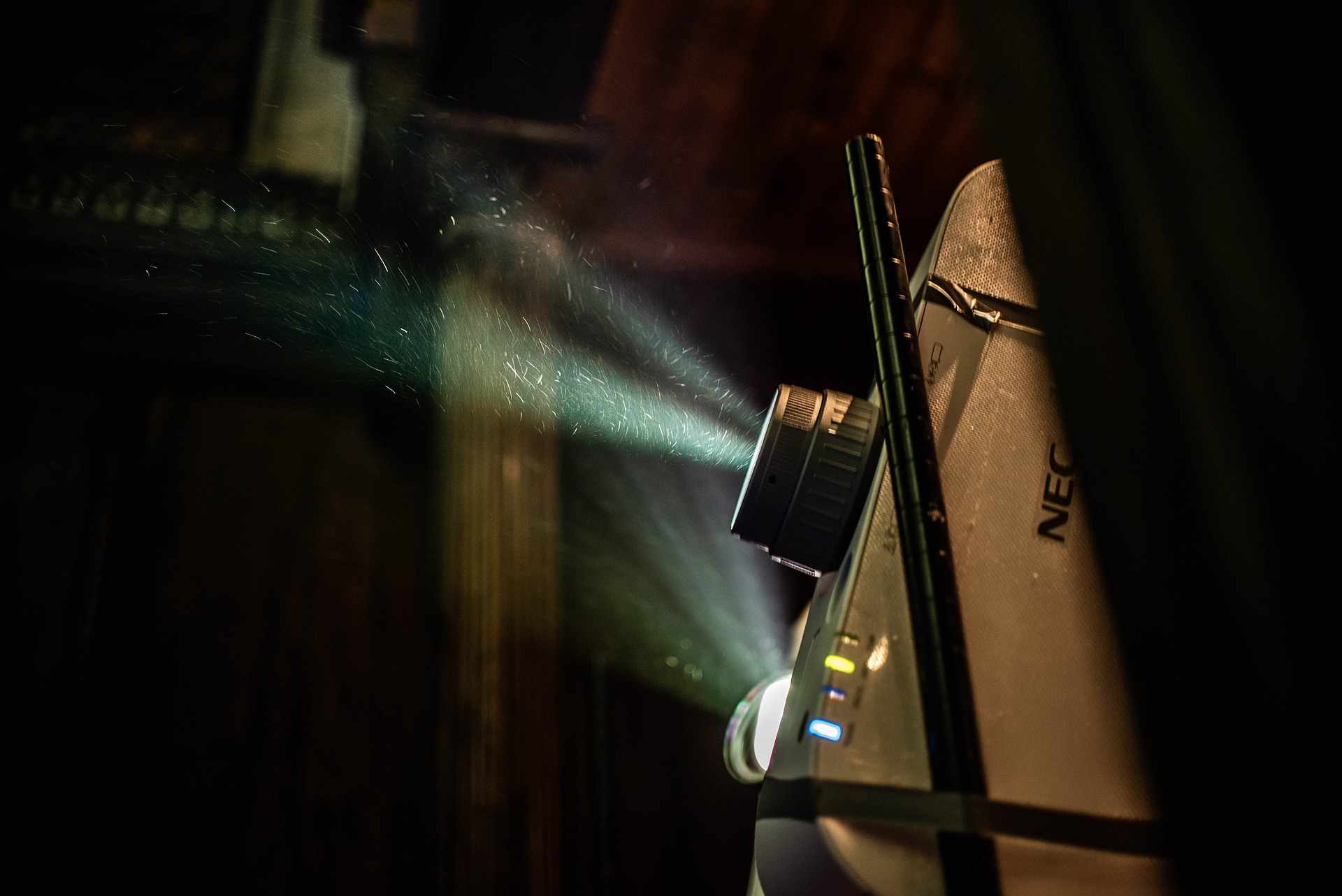
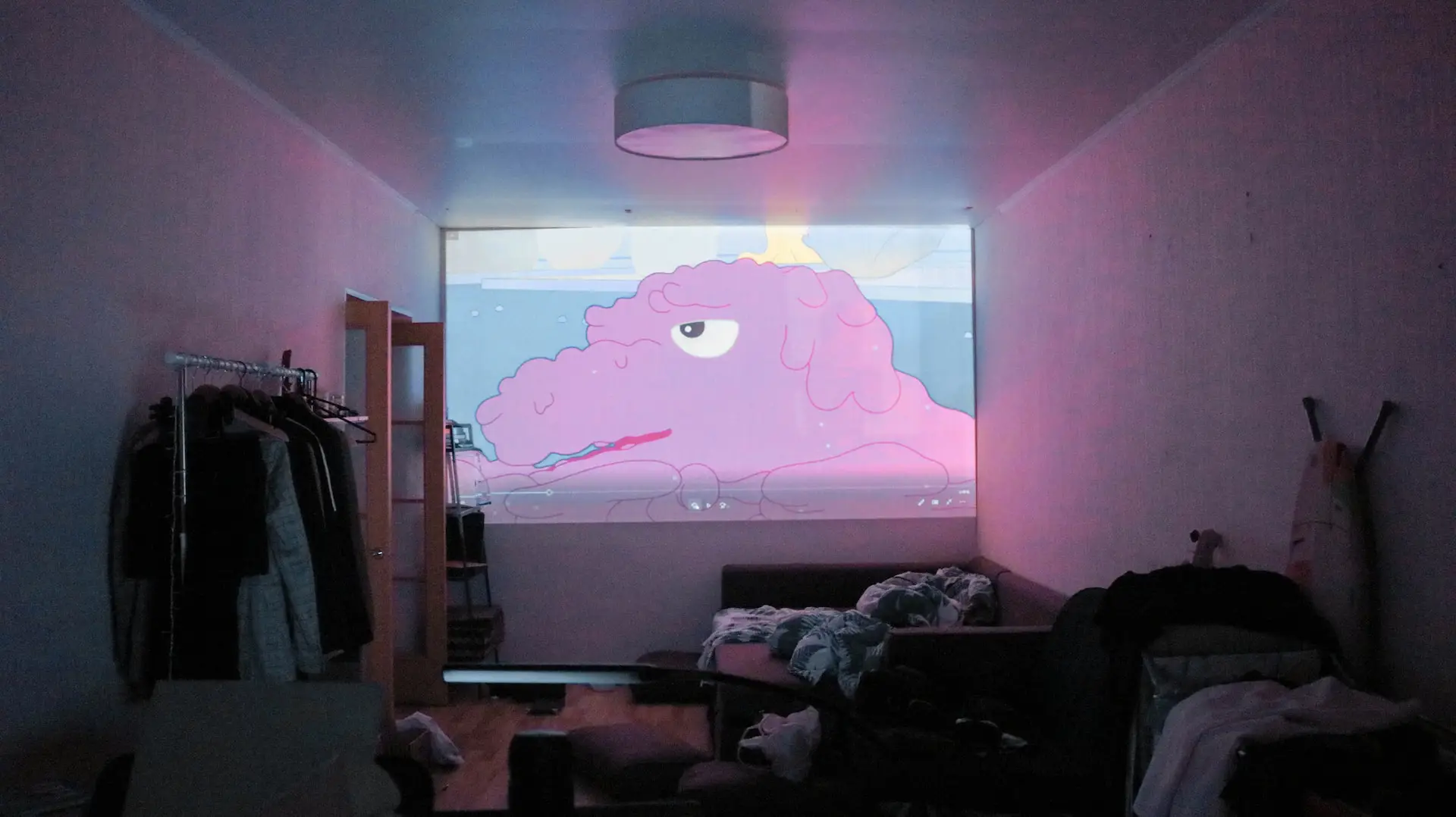
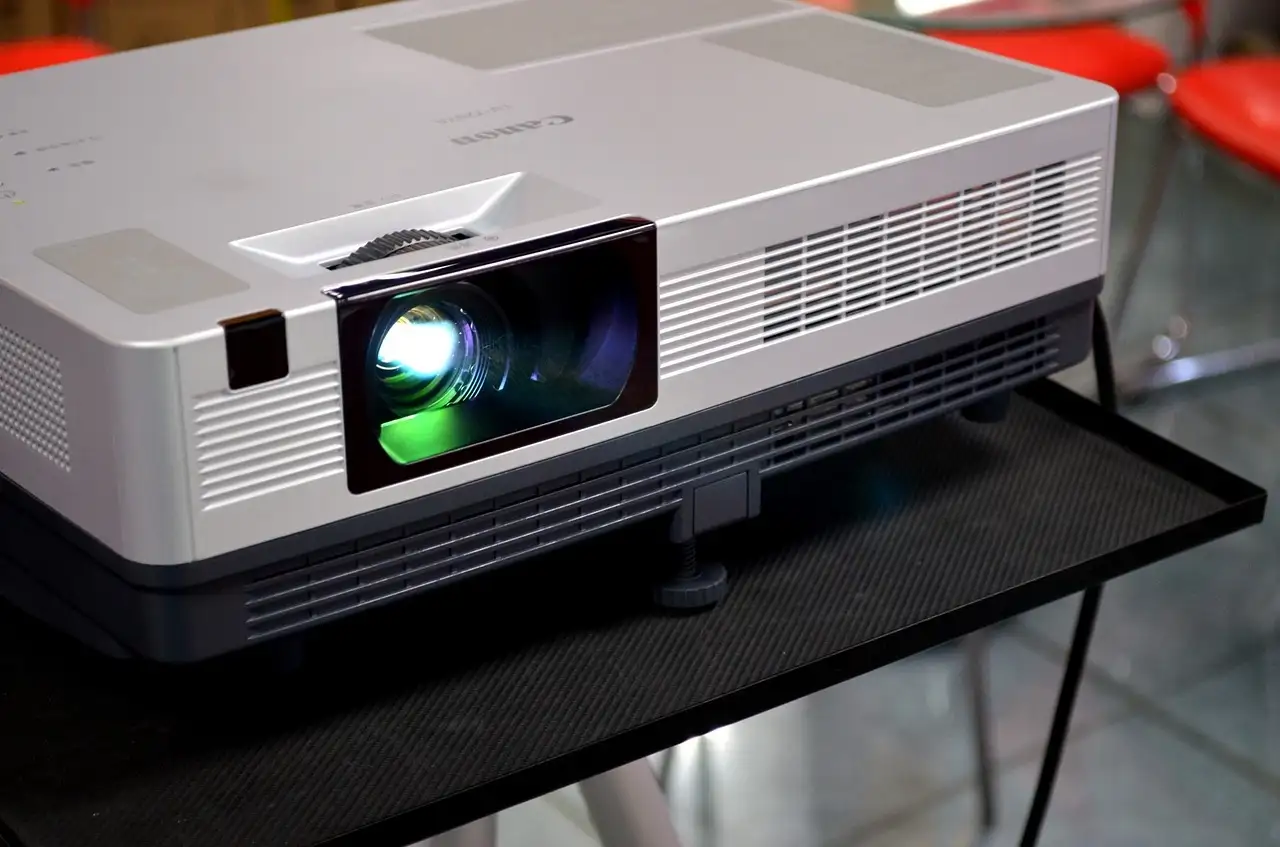
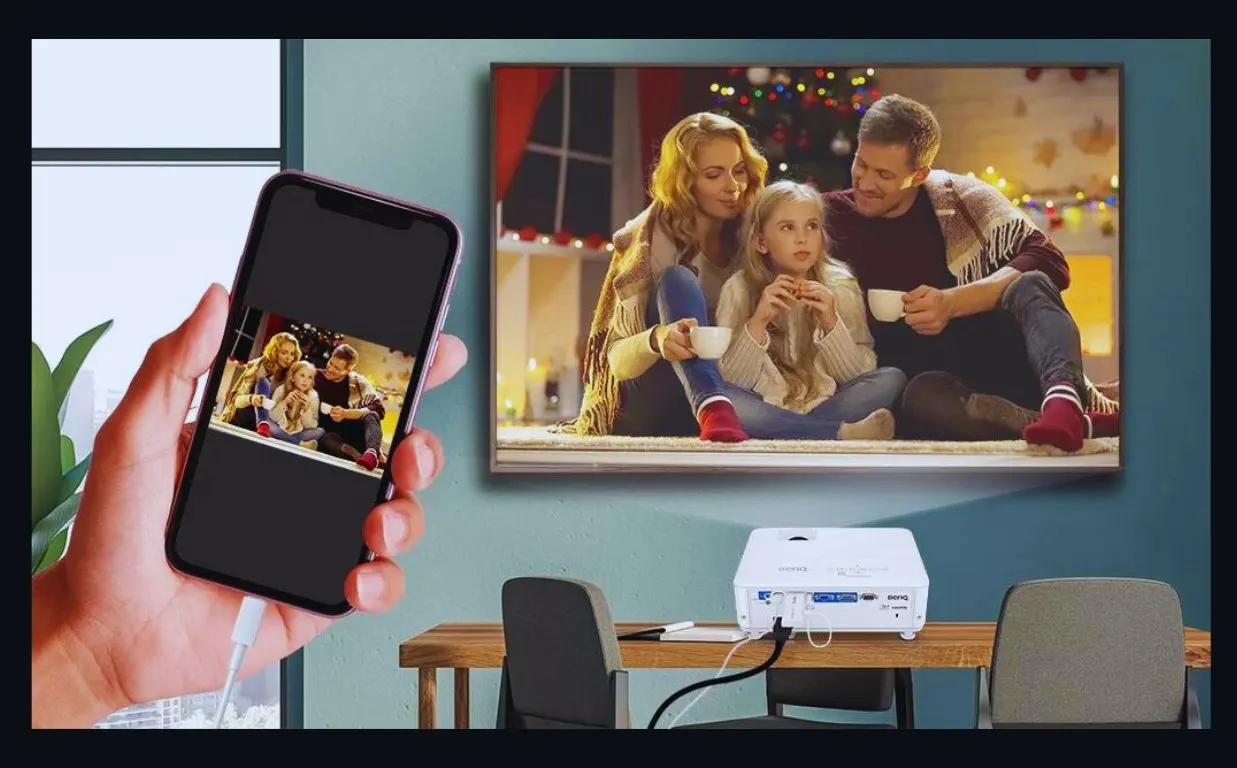

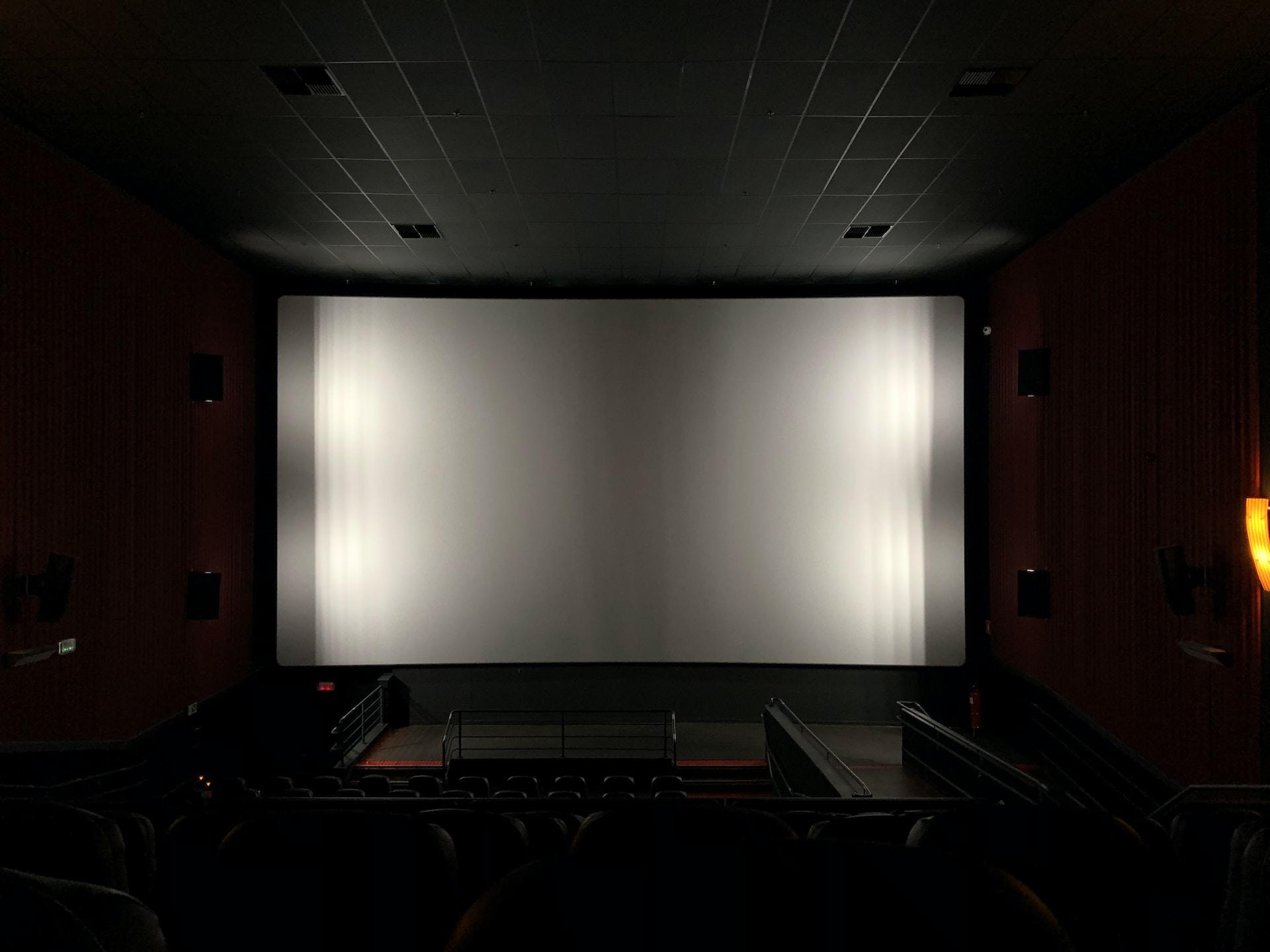
Leave a Reply